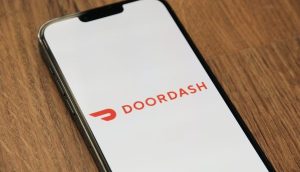Investment in influencer advertising is on the rise in Canada, but it’s the small- to mid-sized influencers generating the most spending.
That’s according to IAB Canada’s Influencer Barometer Study, based on a survey of its buy-side members in June. The purpose of the study is to benchmark and track the presence of influencer marketing in Canada.
IAB Canada members were asked how they would allocate campaign investment against digital media channels. DOOH and influencer marketing were both cited by 70% of respondents, with 60% saying branded content and open bid programmatic. Paid search, paid social and private market programmatic all received mention by 50% of members.
Among IAB members from the agency side, 44% say they handle their clients’ influencer marketing, while 15% of marketers say they use an agency and 12% handle influencer efforts in-house (29% said they do not do any influencer marketing). Half of marketer respondents are spending between $500,000 and $1 million on influencer marketing, while 30% say they are spending in excess of $1 million.
Only 17% of marketers are working with macro influencers (defined as those with more than 500,000 followers), the same amount that are using nano influencers (less than 10,000 followers). Micro influencers (10,000 to 50,000 followers) are the most used at 36%, followed by influencers with 50,000 to 500,000 followers at 30%.
The most predominant categories using some type of influencer campaigns are financial services (17%) and CPG (11%). Other categories include travel services (9%), alcohol/spirits (9%), automotive (8%) and retail (8%). Also at 8% is the “other” category, which can be broken down into government services (40%), telco (20%), pet care (20%) and charitable foundations (20%).
The most popular platform for influencer campaigns is Instagram (22%), followed by TikTok (18%), YouTube (18%), Facebook (16%) and Pinterest (9%). The selection of platforms used depends on the advertiser’s content strategy, the category and product, as well as factors such as content lengths and how users engage with various platforms.























